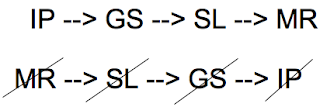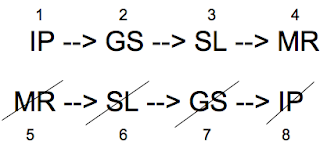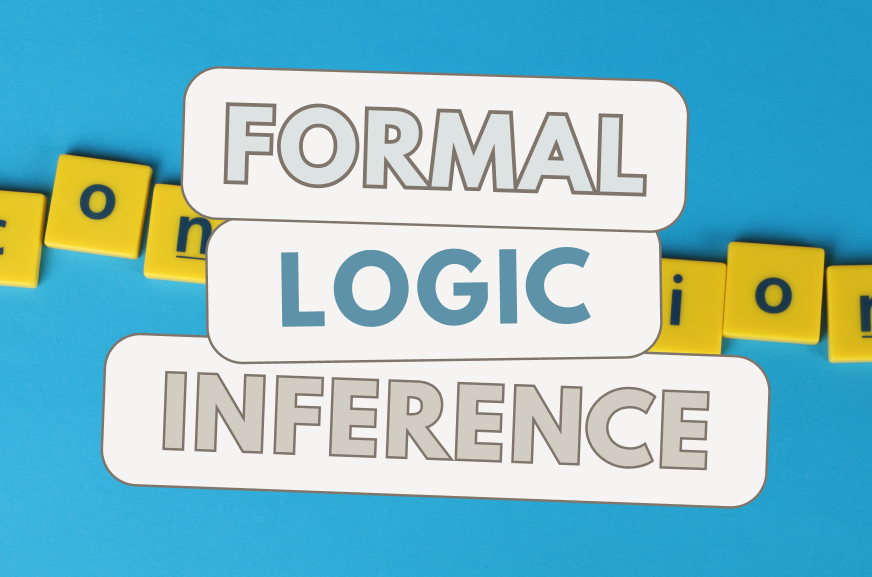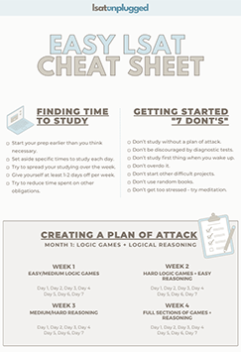My students know I’m not a fan of diagramming most Logical Reasoning questions. However, some questions just beg to be diagrammed. These questions tend to be formal logic inference questions and sufficient assumption (justify) questions.
In this article, I’ll cover one Logical Reasoning question that should be easy but gives many test-takers a lot of difficulty when they’re first starting Logical Reasoning:
It’s PrepTest 30 (December 1999), Section 2, Question 18 (page 59 in Next 10). It’s about inspired musical performances, good show, etc.
First sentence:
This part of the stimulus is pretty straightforward and contains clear indicator words (If…then), so we can diagram this as:
IP –> GS
Second sentence:
This one’s a bit nasty, as it contains the word “unless.” It’s a clear example where putting the “unless” translation technique into practice comes in handy.
Take the word “unless” to introduce the necessary condition and negate the other part of the clause to make it the sufficient condition.
“NOT GS” becomes “GS” and is the sufficient condition part of this conditional statement.
“SL” becomes our necessary condition, giving us:
GS –> SL
Instead of writing it down separately (as I just did), I would immediately connect this with the first sentence, giving us:
IP –> GS –> SL
Third sentence:
This one has less obvious indicator words than the first sentence does.
“To be” is the sufficient condition indicator. You may know this more commonly as “in order to be”, but this meaning is the same.
“Must” is our necessary condition indicator.
This can be diagrammed as:
SL –> MR
As with the second sentence, instead of writing down the new information separately, I would it immediately connect it with what we already have, giving us a long chain (and its contrapositive):

Attacking the answer choices:
Just check each of the answer choices against the appropriate chain. You’ll find that the wrong answer choices are all mistaken negations of one chain and mistaken reversals of the other.
I would not actually diagram or write anything out for any of the answer choices. Instead, I would just read each choice and mentally check it against the choices. It’s faster, and you’ll find that you don’t actually need to write anything out.
Choice A: NOT SL –> NOT IP = CORRECT
Choice B: NOT GS –> NOT MR
Choice C: MR –> IP
Choice D: NOT GS –> NOT MR
Choice E: SL –> IP
Yes, choices B and D are identical – they’re just presented differently (D has the word “unless” in it).
What LSAC is likely to ask in a question like this, and why:
The remainder of this article is not a description of how I would actually approach this question (or questions of this type). I already covered that above.
I’ll number the variables for easy reference:

When asking us what “must be true,” LSAC is not likely to ask about any variables that are adjacent to each other (consecutively numbered / touching).
Someone who hadn’t connected the sentences into conditional chains would still be able to answer that questions, and LSAC loves it when you’re able to connect things.
This means that the correct answer is not likely to be any of the following:
1 requires 2
2 requires 3
3 requires 4
5 requires 6
6 requires 7
7 requires 8
LSAC also isn’t likely to ask us anything about the first chain (the variables numbered 1-4).
Asking about the first chain wouldn’t require you to have taken the contrapositive. LSAC loves the contrapositive more than milk and cookies. It just makes them so happy.
This means we’re likely to deal with the second chain (the contrapositive) – the one with all the negatives.
With the first chain out of the way, our remaining options are:
5 requires 7
6 requires 8
5 requires 8
Sure enough, the answer is 6 requires 8.

